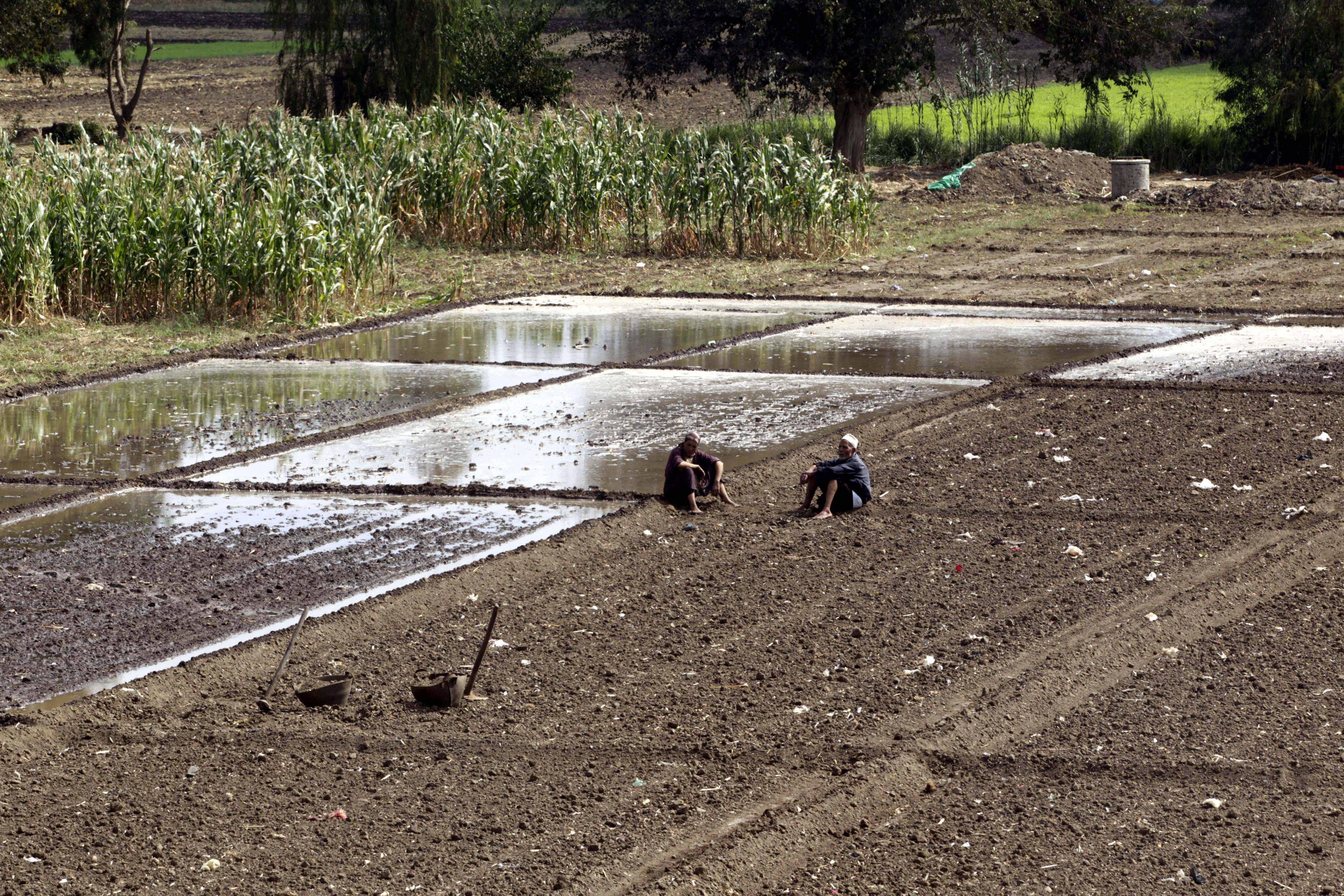Status: 08/14/2021 3:12 p.m.
–
–
–
Ethiopia is gradually filling the reservoir of the Grand Renaissance Dam on the Blue Nile. In Egypt, therefore, the nervousness is increasing, a threat of war is in the room. Because agriculture lives on the Nile – also because of outdated methods.
By Alexander Stenzel, ARD-Studio Cairo
–
–
–
–
For the farmer Gamal Salah from the Egyptian Nile Delta, the mega dam in Ethiopia is a major threat to agriculture. Already during the construction phase of the “Great Ethiopian Renaissance Dam” he made a decision: “The Renaissance dam moved me to convert my irrigation system because it was clear that less water would then flow.” Five years ago he was laying hoses in his fields. The plants are specifically watered from small nozzles. This saves a lot of water.
Alexander Stenzel
ARD-Studio Kairo
–
–
–
–
–
Farmer Galal Salah, however, belongs to a minority. Most farmers in Egypt still irrigate their fields as they did in ancient times by flooding them so that the precious Nile water stands ten to 30 centimeters high in the fields. A gigantic waste of water. According to the Egyptian Ministry of Agriculture, around 70 percent of the land is still cultivated using this old method. Hassan Shams from the Ministry of Agriculture says that Egypt had to contend with water shortages due to the population explosion even before the Renaissance dam, but that the Ethiopians’ project is now exacerbating the problem.
Flood properly – this is the method many Egyptian farmers use. In the foreseeable future, the water resource will become scarcer.
Bild: picture alliance / dpa
–
–
The volume of water will decrease
In a study from 2020 for the specialist publication “nature communications”, scientists from Great Britain and the USA calculated heavy water losses for Egypt during the replenishment phase. The volume of water in the Egyptian Aswan reservoir is therefore falling from the current peak value of approx. 150 km³ to approx. 70 km³ of water. After the filling phase, according to the study’s authors, more and sufficient water will arrive at the Aswan Dam, but on average it will be less than if the Ethiopian dam had not been built. Because in the Ethiopian reservoir there will be significant evaporation losses. So Egypt can no longer draw on the full as in the past.
To make matters worse, the Ethiopian and Egyptian governments have not yet reached an agreement on how, for example, the filling phase will be organized. The Egyptian government wants a slow pace, while the Ethiopian government wants to fill the dam as quickly as possible so that many turbines can produce electricity.
Another open question is: How much water does Ethiopia let through the dam in the event of a drought? Too little water in agriculture could trigger a threatening food crisis in Egypt. It is clear here that water can be a weapon. Egypt’s President Sisi made it clear in March that for him the Nile is a question of national security: “I tell everyone that no one can take a drop of water from Egypt. If anyone wants to try, he should try.”
Changeover is only voluntary
It is not clear whether war would also be an option in the event of a water shortage. To avoid this, Egypt would be well advised not to continue wasting vast amounts of water with the old flooding system. But the problem has not yet been tackled consistently. After all, farmers have been getting an interest-free loan since this month to be able to invest in water-saving systems. But the principle of voluntariness remains with this existential question. Farmers can invest, but they don’t have to.
And many, such as Abdel Al-Wardany, do not want to. His soil is only suitable for the flood system, he believes. This assessment can often be heard in the Egyptian fields. He also doubts that the farmers can raise the regular installments for a loan.
His colleague Gamal Salah also sees this as a problem. For a Fedan, which is 0.42 hectares, he had to invest the equivalent of 1,000 euros in the much more efficient system. This is a very high and therefore a deterrent amount for the mostly poor farmers.
But Gamal says he made the investment worthwhile. Targeted irrigation saves fertilizer that would be washed away with the flooding method. He is convinced that sooner or later there will be no alternative to modern irrigation systems. With his hose system, he saved 70 percent of the water. Since most of the water in Egypt is used in agriculture, this would be a very good way to stave off the negative consequences of the Ethiopian Renaissance dam.
The Great Renaissance Dam is 1.8 kilometers long and 145 meters high. With an annual output of 5,000 megawatts, it is set to become one of the largest hydropower plants in Africa. According to the government, it is now ready to produce electricity after the second flooding.
Image: AFP
–
–
–


